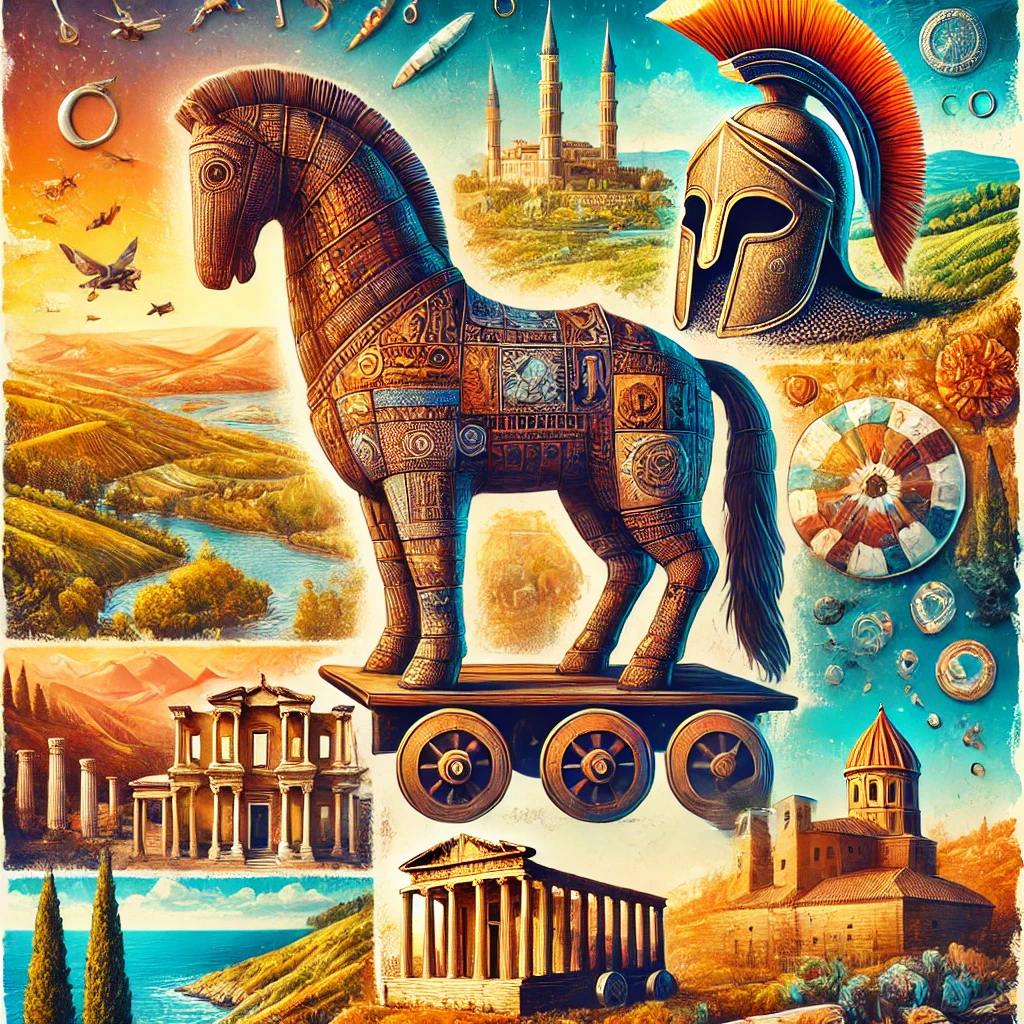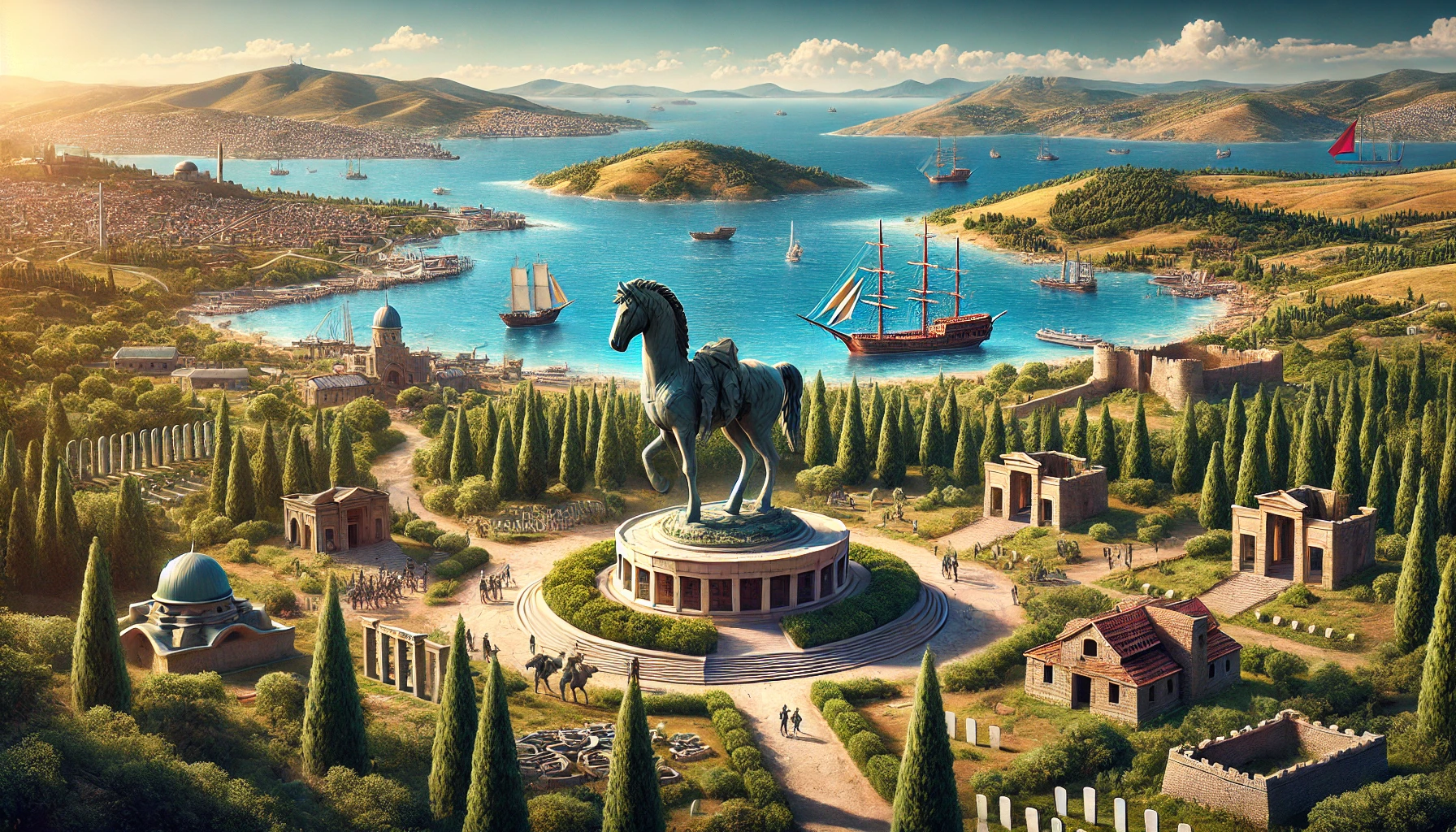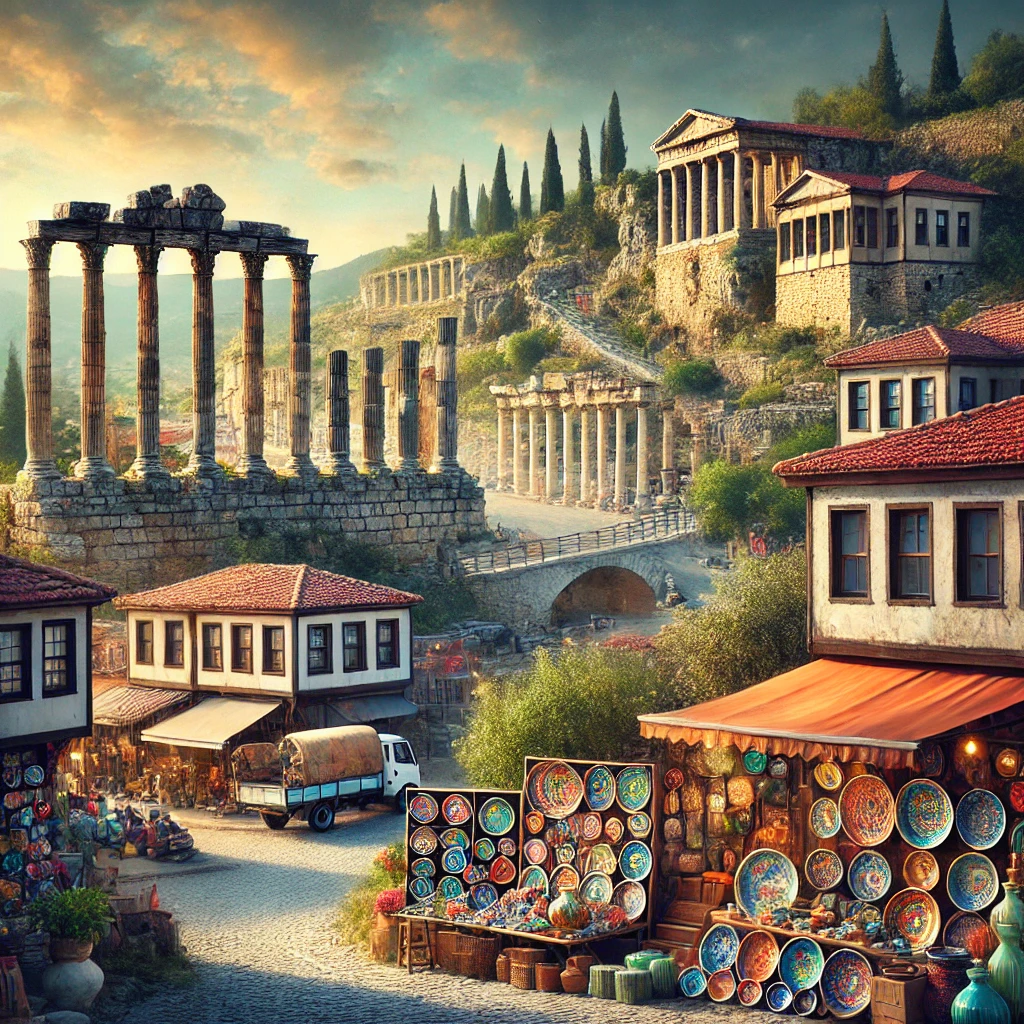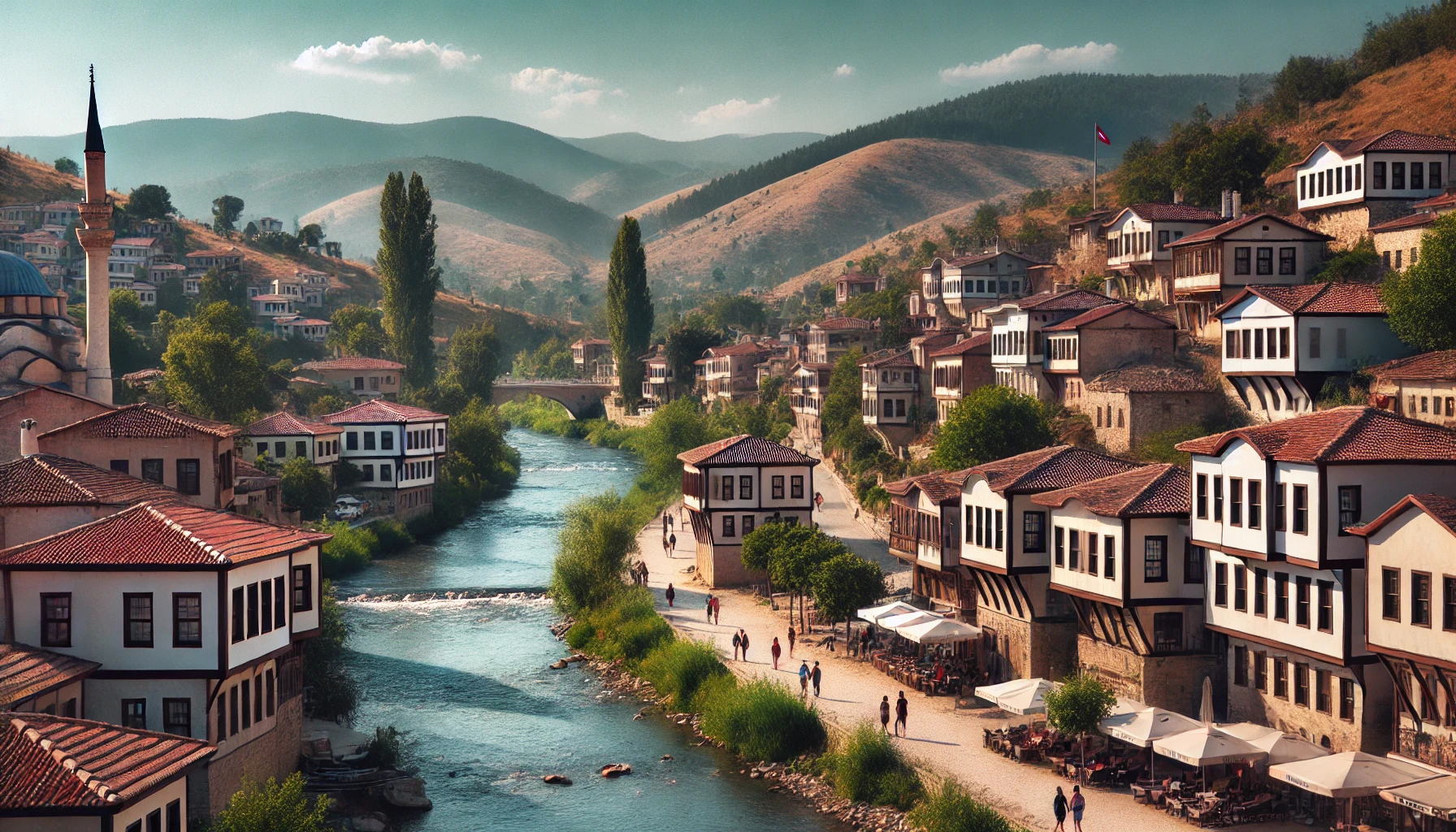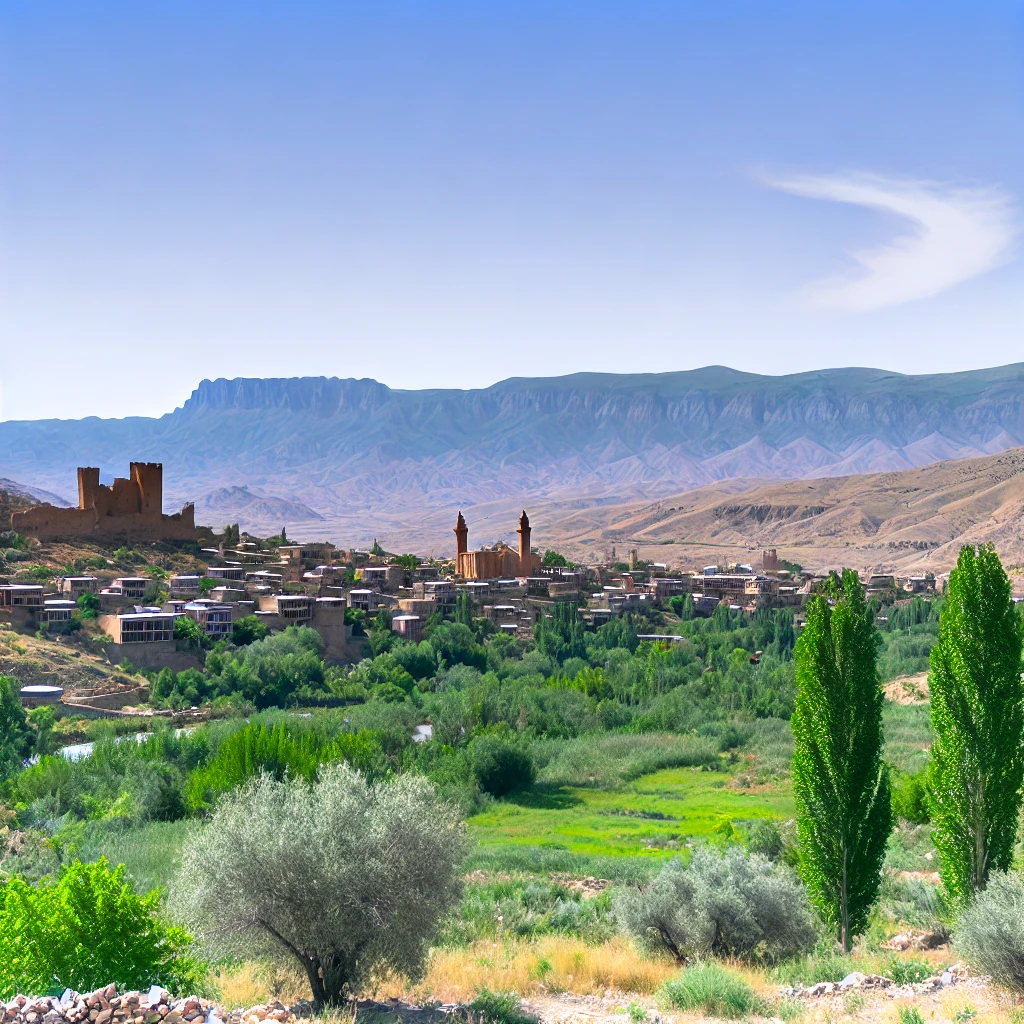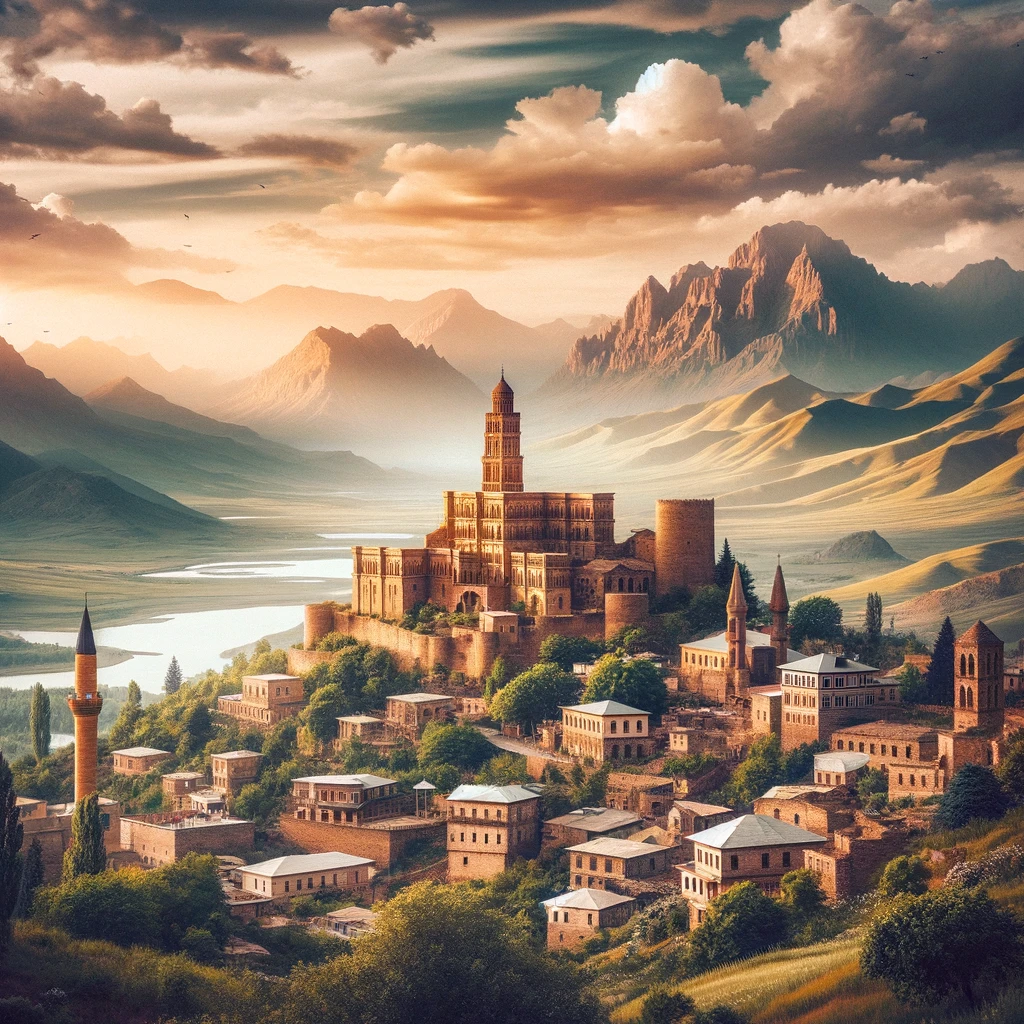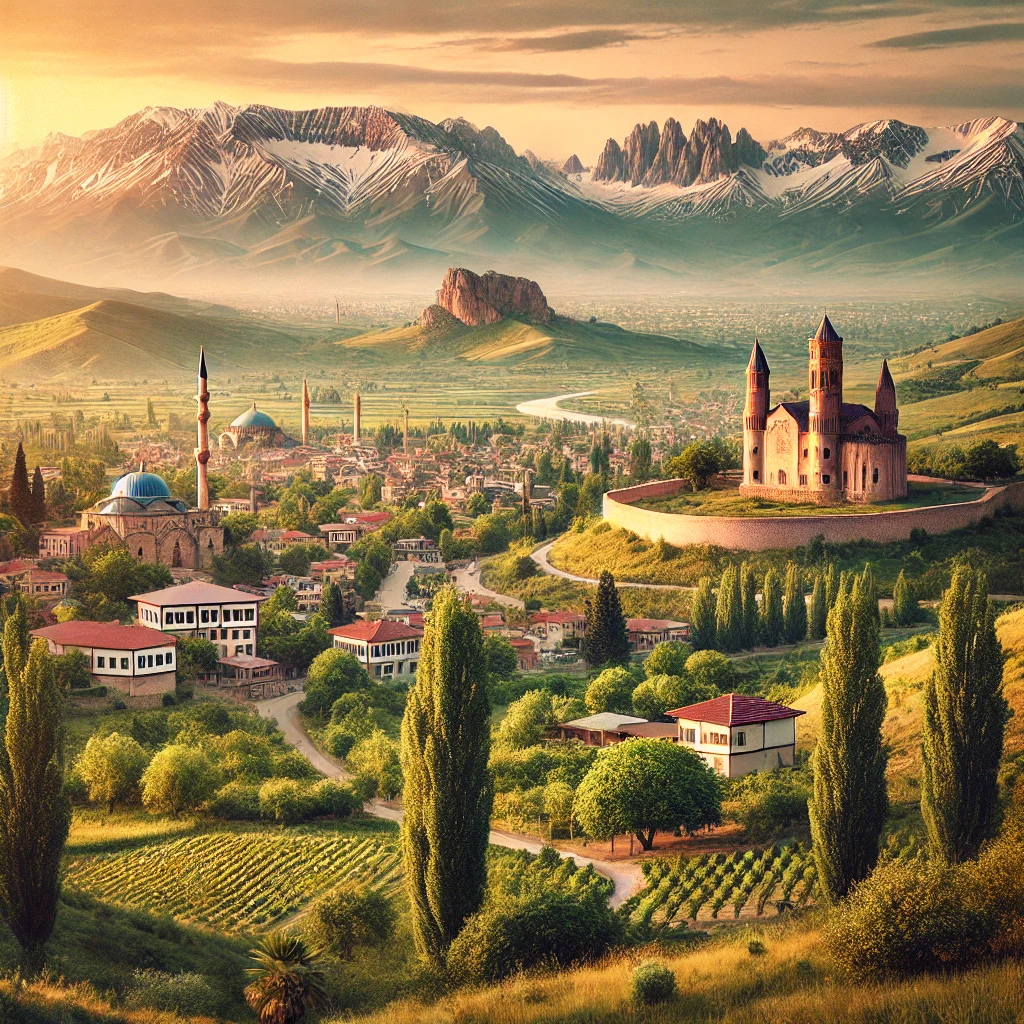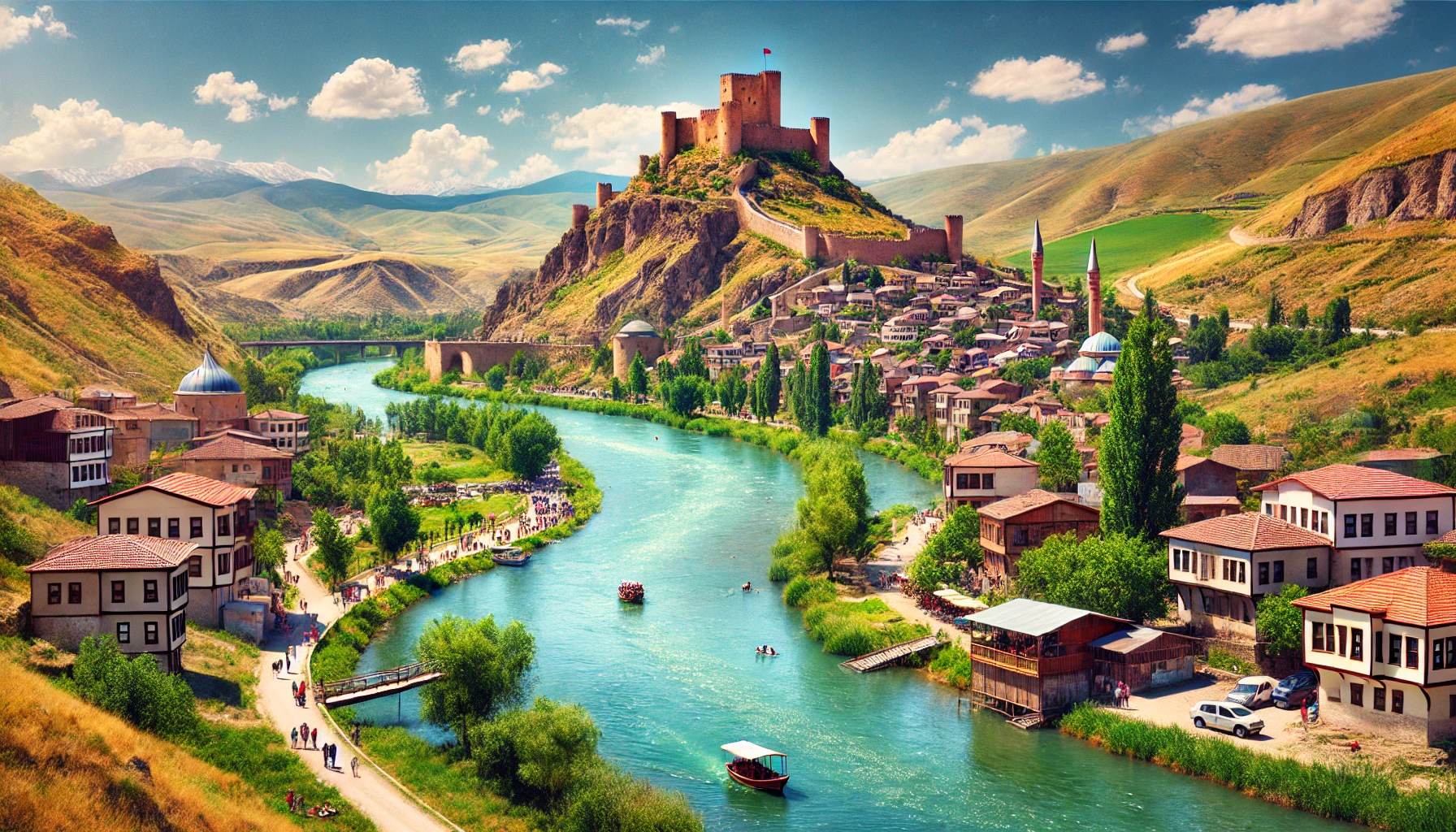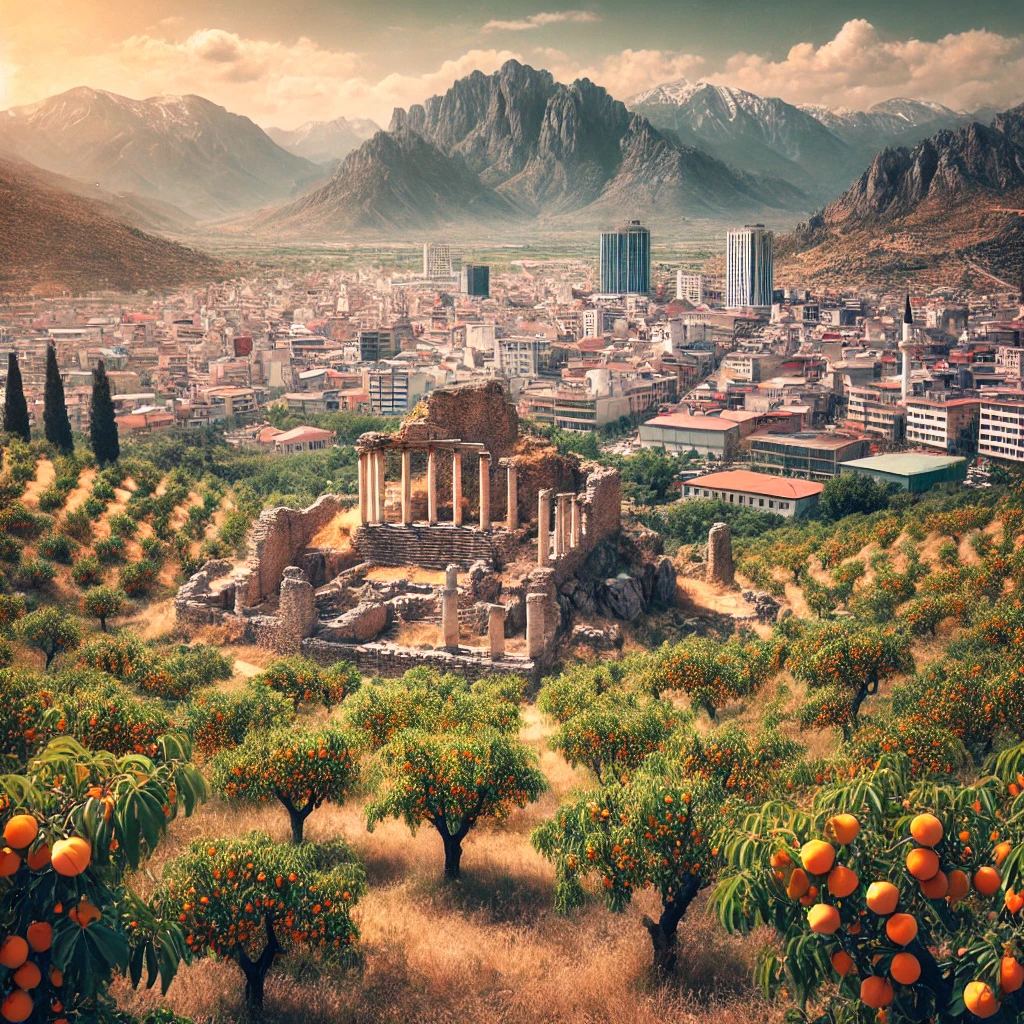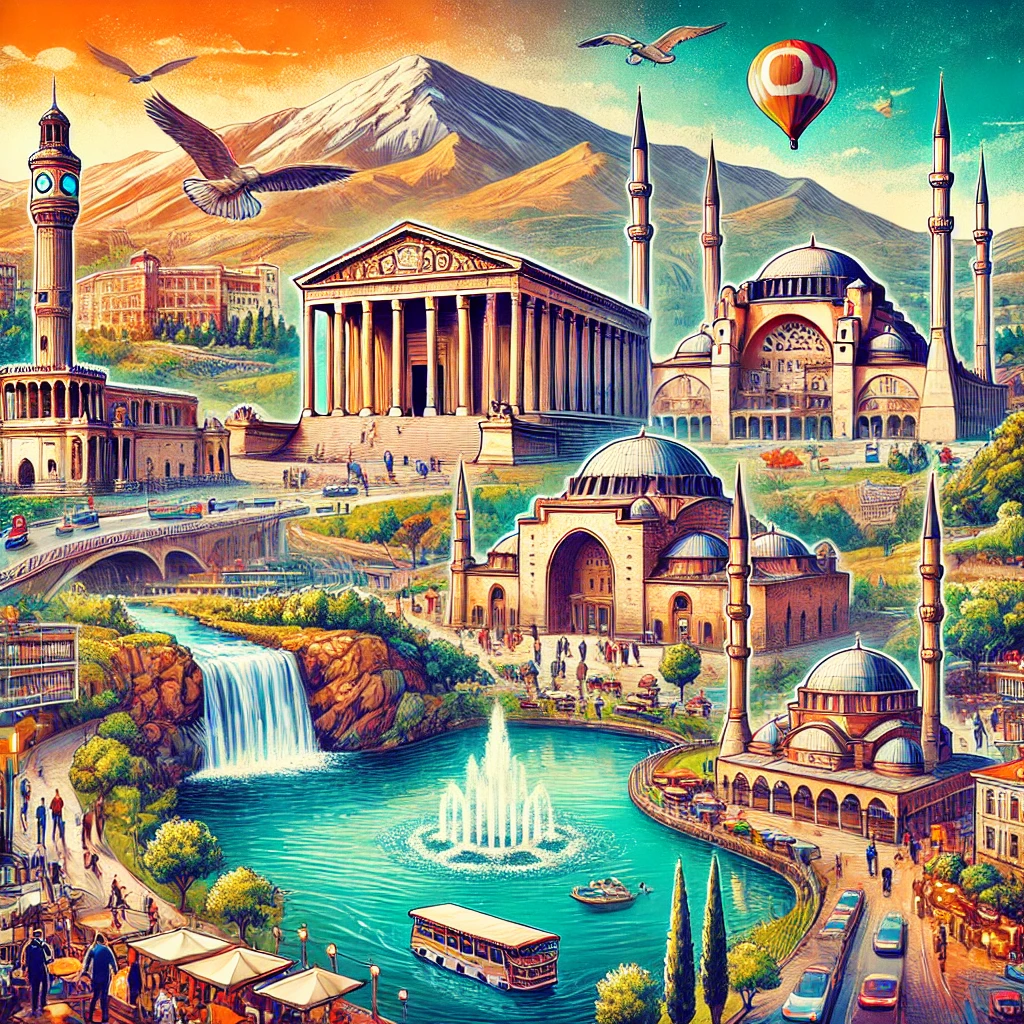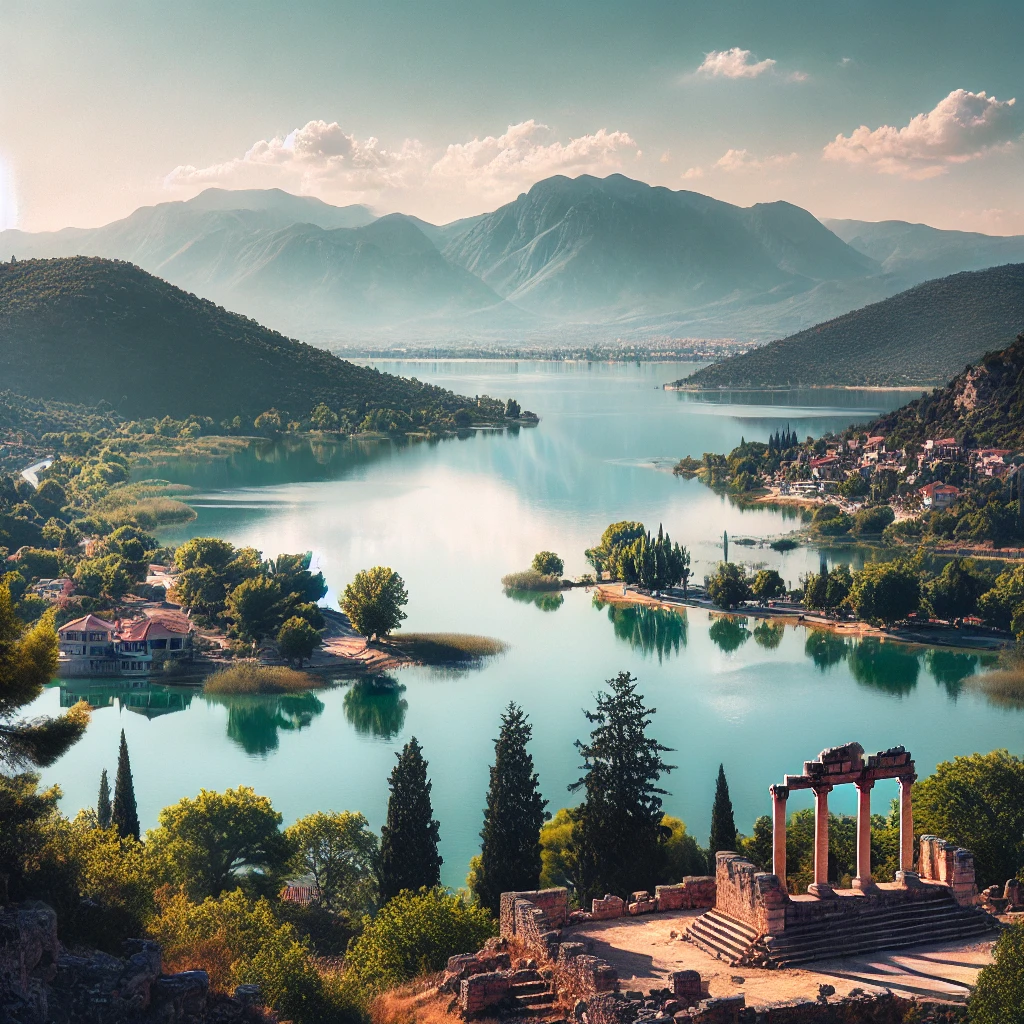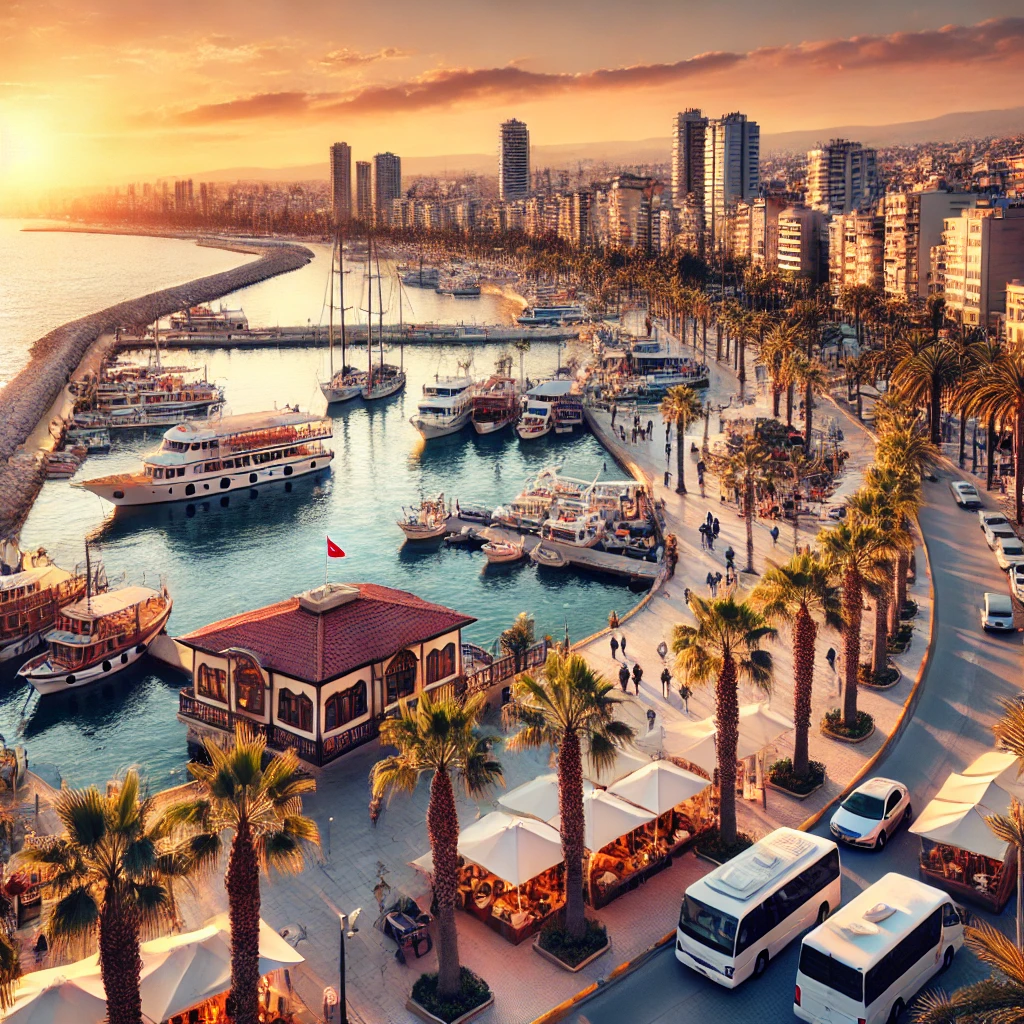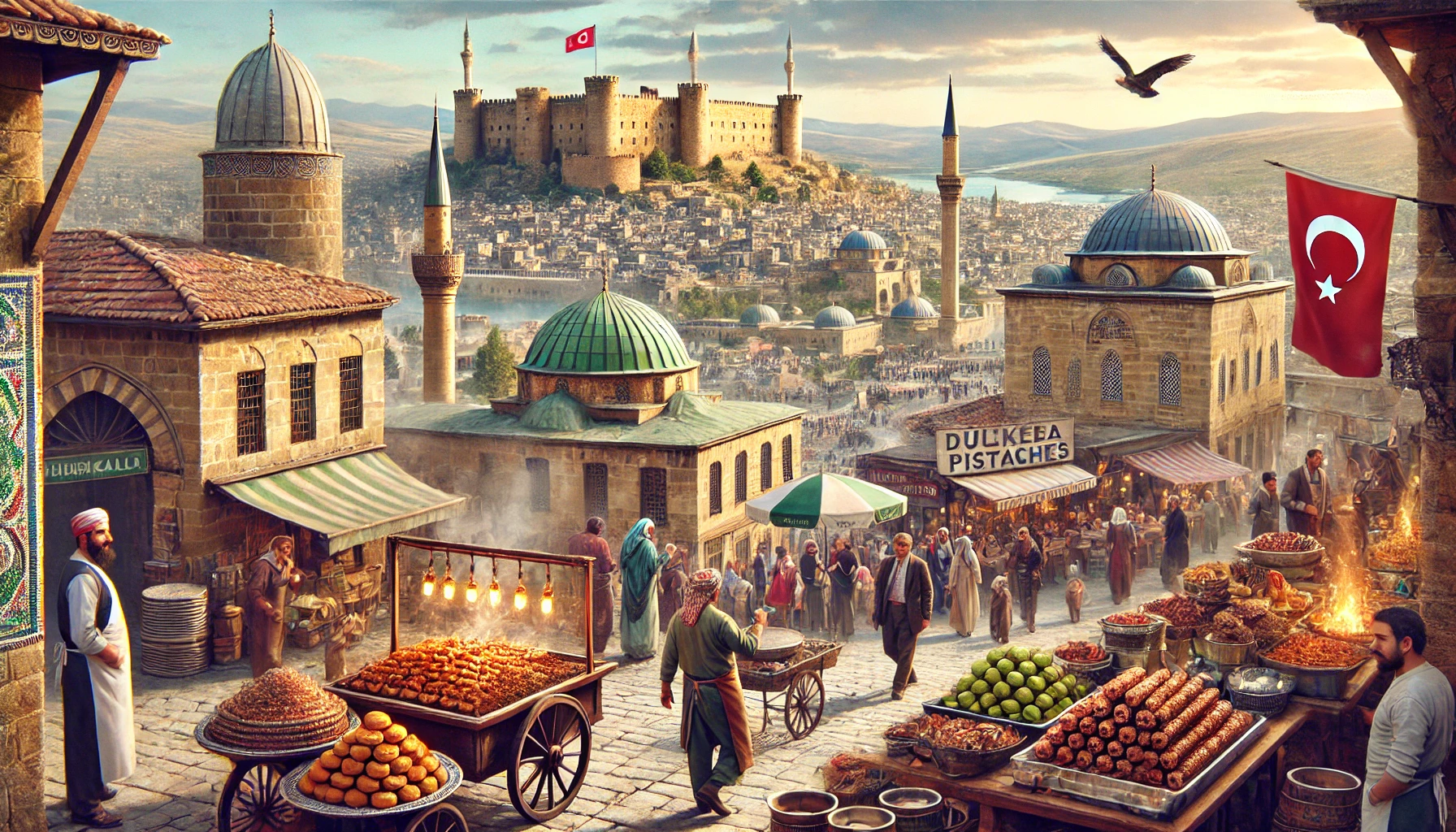Troy, Turkey: A Journey Through History
Troy, Turkey, is a name that resonates through the annals of history and mythology. Known for its legendary association with the Trojan War, this ancient city has fascinated historians, archaeologists, and travelers for centuries. Located in modern-day Turkey, the ruins of Troy offer a glimpse into a civilization that has inspired countless tales and epic poems. This article explores the wonders of Troy, Turkey, providing an in-depth look at its historical significance, archaeological discoveries, and why it remains a must-visit destination for anyone interested in the ancient world.
1. The Legend of Troy
The legend of Troy is one of the most captivating stories from ancient mythology. According to Greek legend, Troy was the site of the Trojan War, a ten-year siege by the Greeks that was famously depicted in Homer’s epic poems, the Iliad and the Odyssey. The tale of the wooden horse, the cunning strategy used by the Greeks to enter the city, and the eventual fall of Troy have been immortalized in literature and art. While the mythological aspects of Troy are well-known, the actual city of Troy, Turkey, provides tangible evidence of a civilization that thrived thousands of years ago.
2. The Archaeological Significance of Troy
The archaeological site of Troy, Turkey, is located in the northwest of the country, near the Dardanelles Strait. The site has been extensively excavated since the 19th century, revealing multiple layers of ancient cities built on top of one another. The discovery of these layers has provided valuable insights into the development of human civilization over millennia.
2.1. Heinrich Schliemann’s Discoveries
Heinrich Schliemann, a pioneering archaeologist, is credited with the discovery of Troy in the 1870s. His excavations uncovered a wealth of artifacts and structures, including what he believed to be the remains of the fabled city of Troy. Schliemann’s work at Troy, Turkey, was groundbreaking and paved the way for future archaeological explorations.
2.2. The Nine Layers of Troy
One of the most fascinating aspects of the Troy archaeological site is the presence of nine distinct layers, each representing a different period in the city’s history. These layers, known as Troy I to Troy IX, span from the Early Bronze Age to the Roman period. Each layer provides a unique glimpse into the city’s evolution, architecture, and way of life.
3. Exploring the Ruins of Troy
Visiting the ruins of Troy, Turkey, is like stepping back in time. The site is a UNESCO World Heritage Site and offers a wealth of attractions for history enthusiasts and curious travelers alike. Here are some of the key highlights you can expect to see.
3.1. The Walls of Troy
The ancient walls of Troy are among the most impressive features of the site. These massive stone fortifications were built to protect the city from invaders and stand as a testament to the engineering prowess of the ancient Trojans. Walking along the walls, visitors can imagine the epic battles that once took place here.
3.2. The Temple of Athena
The Temple of Athena, located on the highest point of the city, was a significant religious site in ancient Troy. Dedicated to the goddess Athena, this temple was a place of worship and a symbol of the city’s prosperity. Today, the ruins of the temple offer a glimpse into the spiritual life of the Trojans.
3.3. The Schliemann Trench
Named after the archaeologist who first excavated the site, the Schliemann Trench is a large excavation area that provides a cross-section of the various layers of Troy. This trench allows visitors to see the different phases of the city’s development and understand the complex history of this ancient settlement.
4. The Trojan Horse: Myth and Reality
The story of the Trojan Horse is one of the most famous episodes in the legend of Troy. According to the myth, the Greeks constructed a large wooden horse and hid soldiers inside it. The Trojans, believing it to be a gift, brought the horse into their city, allowing the Greek soldiers to emerge at night and open the gates for the invading army.
4.1. The Symbolism of the Trojan Horse
The Trojan Horse symbolizes cunning, deception, and the ultimate downfall of Troy. While the actual existence of the horse is debated among historians, its impact on popular culture is undeniable. The term “Trojan Horse” has become synonymous with any deceptive tactic used to gain access to a secure location.
4.2. The Replica at Troy
At the entrance to the archaeological site of Troy, Turkey, visitors can see a replica of the Trojan Horse. This modern reconstruction serves as a reminder of the enduring legacy of the Trojan War and provides a great photo opportunity for tourists.
5. The Modern Village of Tevfikiye
Adjacent to the ancient ruins of Troy is the modern village of Tevfikiye. This charming village offers a unique contrast to the ancient site and provides additional attractions for visitors.
5.1. The Troy Museum
The Troy Museum, located in Tevfikiye, is a must-visit for anyone interested in the history of Troy. The museum houses a vast collection of artifacts discovered at the archaeological site, including pottery, tools, and jewelry. Interactive displays and informative exhibits provide a deeper understanding of the ancient city’s history and significance.
5.2. Local Culture and Cuisine
Tevfikiye offers visitors a chance to experience local Turkish culture and cuisine. Traditional Turkish dishes, such as kebabs and baklava, can be enjoyed at local restaurants, providing a delicious way to end a day of exploring the ruins of Troy.
6. The Legacy of Troy in Popular Culture
The story of Troy has left an indelible mark on popular culture, inspiring countless works of literature, film, and art.
6.1. Troy in Literature
Homer’s Iliad and Odyssey are the most famous literary works associated with Troy. These epic poems have been studied and celebrated for centuries, and they continue to influence modern literature and storytelling.
6.2. Troy in Film
The legend of Troy has also been brought to life on the silver screen. The 2004 film “Troy,” starring Brad Pitt as Achilles, is one of the most well-known cinematic adaptations. While the film takes some liberties with the historical and mythological details, it captures the epic scale and drama of the Trojan War.
7. Planning Your Visit to Troy, Turkey
If you’re planning a trip to Turkey, a visit to the ancient city of Troy should be high on your list. Here are some tips to help you make the most of your visit.
7.1. Best Time to Visit
The best time to visit Troy, Turkey, is during the spring (April to June) and autumn (September to November) when the weather is mild and pleasant. The summer months can be hot and crowded, while the winter months may be rainy and cold.
7.2. Getting There
Troy is located near the city of Çanakkale, which is accessible by bus or car from Istanbul. From Çanakkale, you can take a short drive or join a guided tour to the archaeological site.
7.3. Guided Tours
To fully appreciate the history and significance of Troy, consider joining a guided tour. Knowledgeable guides can provide valuable insights and context, making your visit even more enriching.
Troy, Turkey, is a destination that offers a unique blend of history, mythology, and archaeology. From the legendary tales of the Trojan War to the impressive ruins that stand as a testament to an ancient civilization, Troy captivates the imagination and invites visitors to explore its rich heritage. Whether you’re a history buff, a mythology enthusiast, or simply a curious traveler, a visit to Troy is sure to be a memorable and enlightening experience. Plan your trip today and embark on a journey through one of the most iconic sites in the ancient world.
Latest Update: Jul 15, 2024
Your Content Goes Here
TAGS: ancient city of Troy, archaeological site of Troy, best time to visit Troy, guided tours of Troy, Heinrich Schliemann, history of Troy, Homer, Iliad, Odyssey, ruins of Troy, Tevfikiye, Trojan Horse, Trojan Horse replica, Trojan War, Troy, Troy in film, Troy in literature, Troy legend, Troy Museum, Turkey, Turkish cuisine, visiting Troy
Welcome to Çanakkale
A brief summary of the key points in this article.

